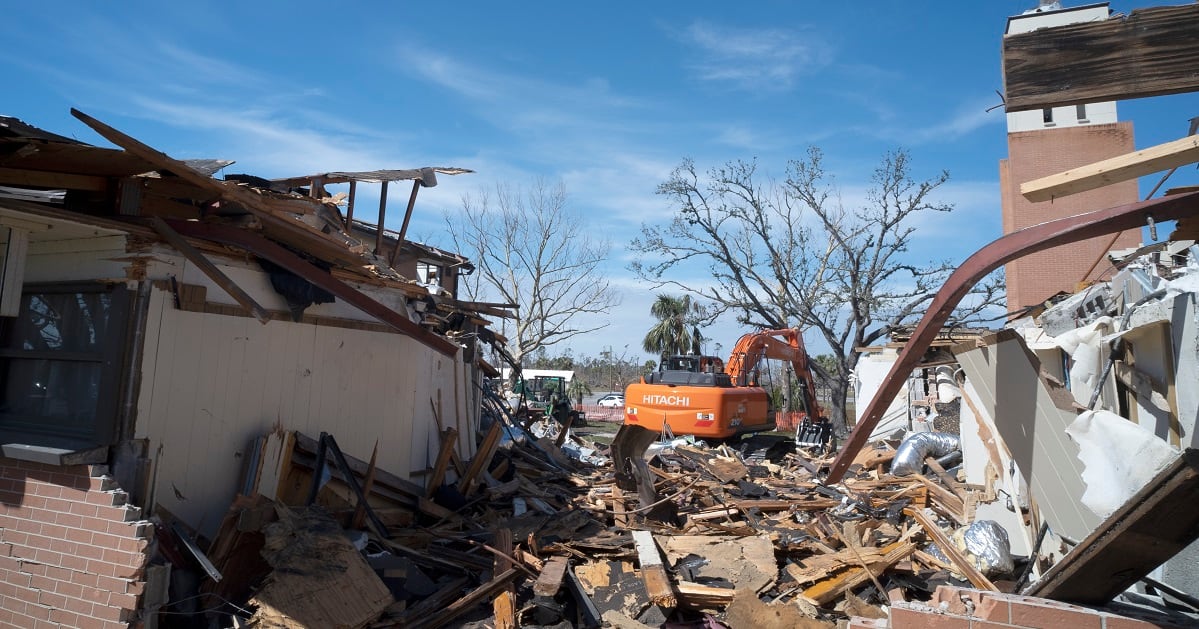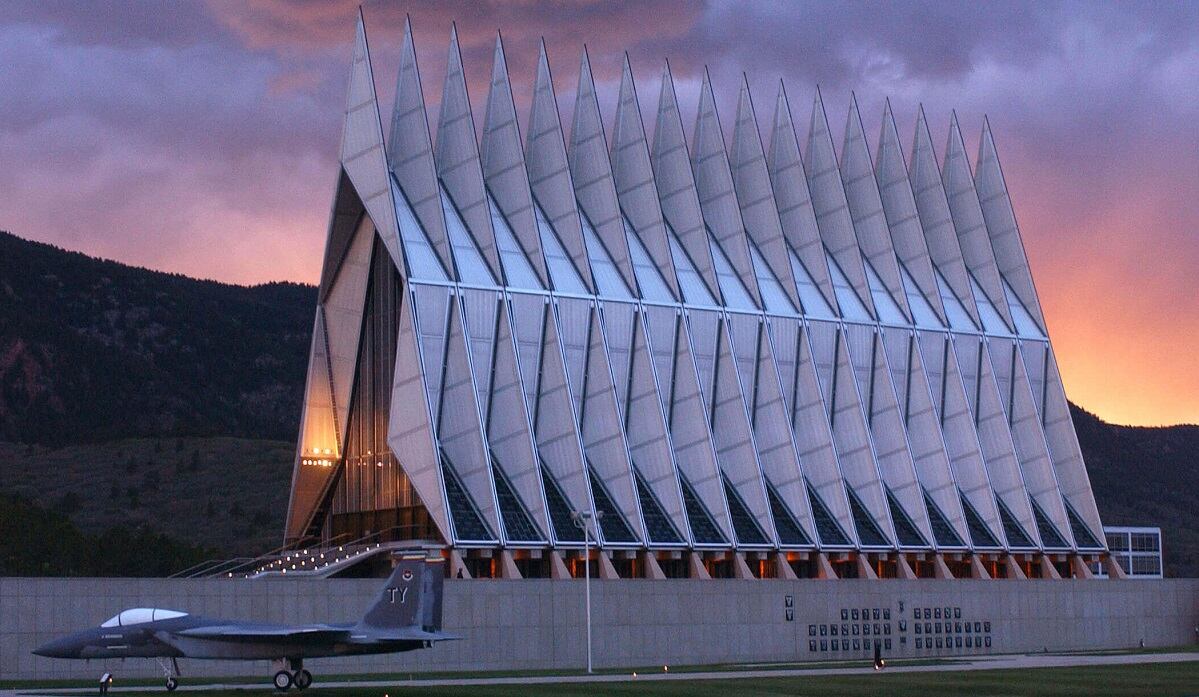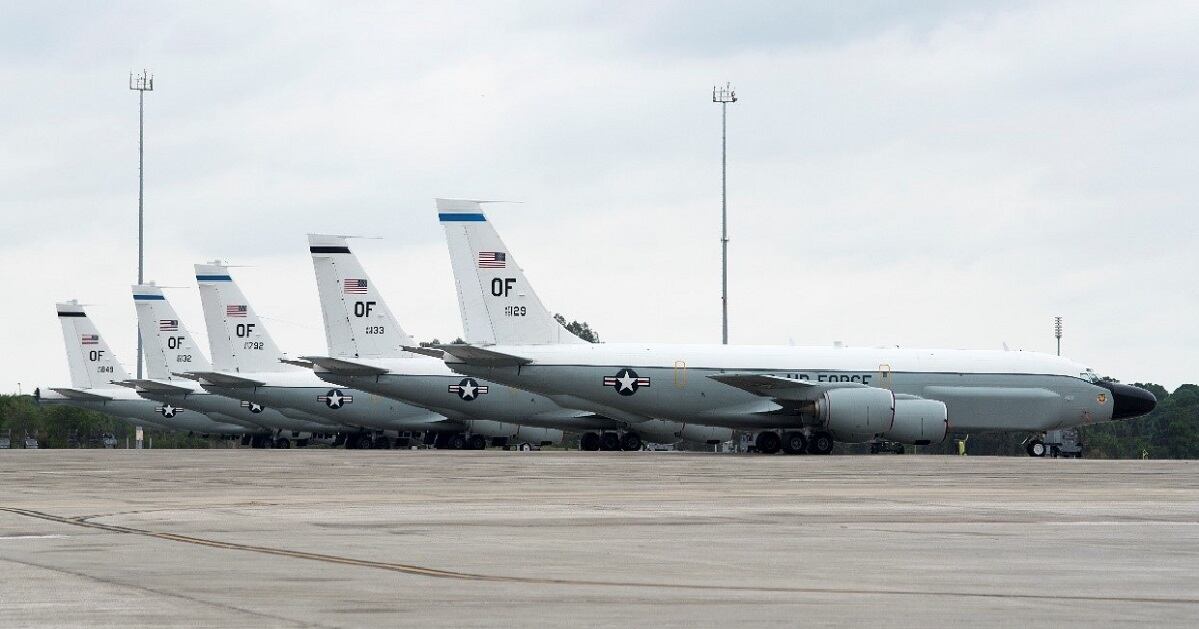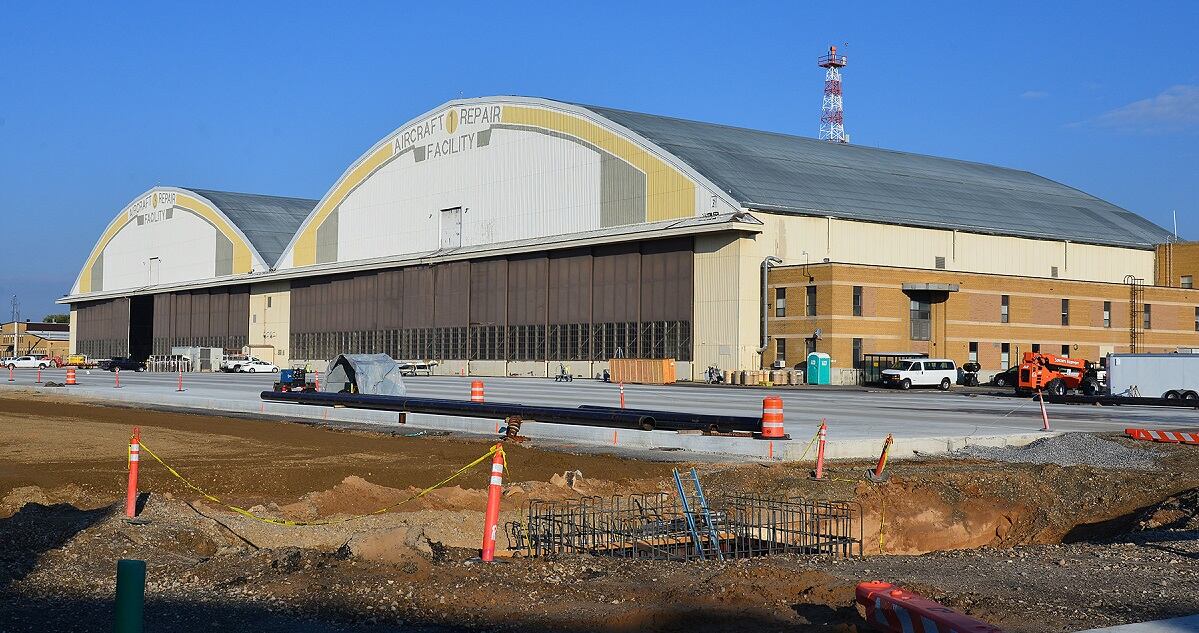The Air Force is working on a new infrastructure strategy that calls for demolishing its oldest or most dilapidated buildings, concentrating its spending on buildings that need preventive maintenance before they get worse, and cutting down a massive repair backlog.
But hanging over that plan are the needs of two major bases that have sustained devastating damage from natural disasters in recent months. And Congress has so far failed to provide the supplemental funding necessary for Tyndall and Offutt Air Force bases to recover.
If supplemental funding doesn’t come through soon, said John Henderson, assistant secretary for installations, environment and industry, the Air Force may have to start dipping into operations and maintenance funds to cover these costs.
That could even include raiding the $2 billion in additional fiscal 2020 funds the Air Force is seeking to pay for necessary building maintenance improvements across the force.

“Frankly, we have more bills than bill payers at this point,” Henderson told reporters Friday. “Without supplemental funding, we’re put into the realm of unfavorable alternatives. Something has to give there.”
For years, the Air Force has used a “worst is first” strategy to determine which buildings get needed repairs, Henderson said. But by waiting until the buildings had reached the failing point, repairs ended up costing up to seven times more than if they had been tackled years earlier.
That has left the Air Force with a “fiscally unsustainable” $33 billion building maintenance backlog, according to the infrastructure plan. If something doesn’t change, and soon, that backlog will balloon to almost $100 billion within 30 years as buildings continue to deteriorate, jeopardizing the Air Force’s ability to accomplish its mission.
Under the new Infrastructure Investment Strategy, Henderson said, the Air Force will take care of those problems before they get worse. For example, the Air Force will focus on replacing a leaky roof early, before the problem festers and causes mold or other water damage throughout the building.
Eliminating the Air Force’s most far-gone buildings, about 5 percent of the total, will give the service some breathing room to concentrate on more preventive maintenance.
But there are some facilities that the Air Force cannot afford to lose, even though they’re badly in need of repair, such as nuclear missile silos and runways. Bases would instead be more likely to demolish older administrative buildings, and then move the people who worked there into office space elsewhere on base. The Air Force will ask each base to update its infrastructure master plan to decide which facilities could be torn down.

Climate change concerns will be taken into account when deciding which buildings to tear down, Henderson said, such as buildings in low-lying areas that could be increasingly susceptible to floods.
The Air Force will also try to save money by adopting standard designs and striking larger-scale deals with contractors covering several bases on purchases such as roofs or air conditioning systems. And it will use “smart building” technology with sensors to track how buildings are doing Henderson said. This will be similar to the service’s strategy of predictive maintenance on aircraft.
Taking these steps will reduce buildings’ lifecycle costs and allow the Air Force to cut down on its backlog considerably by 2047, Henderson said.
“This new approach is going to make a difference on our bases for decades to come,” Air Force Secretary Heather Wilson said in a news release.
RELATED

But it will also require more money. The Air Force asked for $2 billion more in the 2020 budget — which amounts to about 2 percent of the replacement value of the service’s buildings — to pay for the added maintenance. That would be the minimum investment necessary to allow the Air Force to maintain its infrastructure the way the private sector does, Henderson said.
But with Tyndall in Florida still in the early stages of what will likely be a years-long recovery from October’s Hurricane Michael, and large portions of Nebraska’s Offutt still under feet of floodwaters, the Air Force is facing a cash crunch.
“Those things are costing us money right now,” Henderson said.

Because the two disasters struck well after the fiscal 2019 budget was drawn up, there was, of course, no money set aside for them. As a result, Henderson said, the Air Force has been forced to pull money from elsewhere in the operations and maintenance fund to deal with issues such as building repairs and mold mediation at Tyndall.
When past natural disasters have struck, Henderson said Congress has always approved supplemental funding for the Air Force to pay for it. That hasn’t happened yet.
“We’re kind of counting on that,” Henderson said.
Offutt’s flooding disaster – which happened after the service submitted its 2020 budget proposal last week — is worsening the Air Force’s financial situation. When asked if the Air Force would have to take money out of the $2 billion, Henderson said “Obviously, without supplemental funding, I’m going to be forced to. That’s just one of the realities.”
And operations and maintenance spending doesn’t just cover buildings — it also covers weapon system sustainment and training and other priorities competing for a limited pool of money.
When asked how soon it would be until the Air Force, absent supplemental spending, might be forced to pull operations and maintenance funding, Henderson said, “I think we’re getting very close on that.”
“We’re coming up on our midyear budget review [next month], and frankly, nobody’s passed more money to the Air Force since we started the year,” Henderson said.
Stephen Losey is the air warfare reporter for Defense News. He previously covered leadership and personnel issues at Air Force Times, and the Pentagon, special operations and air warfare at Military.com. He has traveled to the Middle East to cover U.S. Air Force operations.





